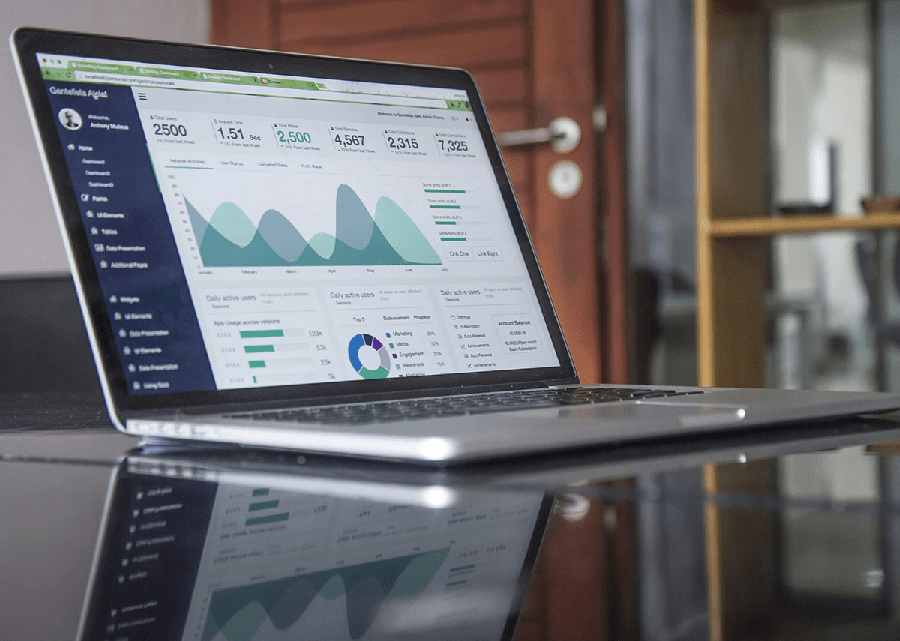Learning how to manage and increase your sales pipeline is crucial in the fast-paced corporate world where every lead and opportunity matters. An efficient sales pipeline has a major impact on your revenue stream and guarantees a consistent flow of prospects. Knowing how to expand your sales pipeline is essential, regardless of whether you’re an experienced salesperson or a company owner trying to improve your bottom line.
This in-depth manual not only covers the foundations but also examines the seven essential phases of a sales pipeline. Furthermore, it provides you with practical tools to develop and accelerate your sales pipeline. Throughout this guide, we will walk you through every step—from prospecting to retention—ensuring that, at each stage, you have the skills and resources necessary to succeed.
Table of contents
What is a Sales Pipeline?
It is important to first define a sales pipeline before delving into the complexities of expanding one.
The sales process of a lead, from initial contact to customer acquisition, is depicted by a sales pipeline. Businesses may manage and monitor possible deals as they progress through the many phases of the sales journey with the aid of this methodical and structured strategy.
Think of your sales pipeline as a road map that leads potential customers through a series of well-planned actions that will finally result in a sale. In addition to giving your sales staff clarity, this methodical approach enables you to spot possible bottlenecks, streamline your workflow, and above all, increase your chances of closing deals
Why Your Business Needs a Strong Sales Pipeline
The significance of a well-developed sales pipeline can be summarised in a few key points:
Efficiency and Organisation: By ensuring that your team adheres to a consistent methodology, a structured sales pipeline reduces confusion and streamlines the sales process. This effectiveness is essential, particularly as your company expands and manages more leads.
Visibility and Accountability: Every member of your team, from sales agents to sales directors, can effortlessly monitor the status of every transaction when you have a well-defined sales pipeline. Accountability is encouraged by this transparency, which also makes prompt interventions possible.
Making strategic decisions: A strong sales pipeline offers useful information on average deal size, sales cycle duration, and conversion rates. With this knowledge, you may target your resources where they will have the biggest impact, modify your tactics, and make well-informed judgements.
The 7 Stages
Each of the seven essential stages that make up a well-structured sales pipeline represents a significant milestone in the buyer’s journey.
1. Prospecting:
Finding possible leads who might be interested in your product or service is the first step in the process. This step entails research, outreach, and early engagement to ascertain whether there is a mutual match.
2. Lead Qualification:
The next stage after identifying possible leads who could improve your sales pipeline is to qualify them according to predetermined standards. This guarantees that your staff concentrates on leads that have the best chance of becoming customers.
3. Meeting/Demo:
It’s time to set up appointments or product demos with qualified leads. You can answer any worries, demonstrate the worth of your service, and strengthen your relationship with the prospect at this point.
4. Proposal:
Present a thorough proposal including the conditions, costs, and particular solutions catered to the prospect’s requirements following a fruitful meeting or demonstration. Demonstrating the distinct value that your product or service offers is crucial during the proposal stage.
5. Negotiation/Commitment:
The sales process naturally involves negotiation. Collaborate closely with the potential customer to resolve any issues, respond to enquiries, and assist in identifying points of agreement. Reaching a mutual commitment where both sides are happy with the terms is the main objective.
6. Closing the Deal:
All your hard work culminates in the concluding stage. Close the transaction, complete the contracts, and make sure the transition from the onboarding to the delivery phase goes smoothly. A successful closing lays the groundwork for a satisfying client experience.
7. Retention:
Closing the deal is only the beginning of the journey. Post-purchase actions that maintain client satisfaction, engagement, and loyalty are referred to as retention. Continue to offer assistance, get input, and look at upselling and cross-selling possibilities.
A smooth and effective sales funnel requires an understanding of and commitment to improving each step.
Best Ways to Increase Your Sales Pipeline
Improve Your Target Audience: Regularly refine your Ideal Customer Profile (ICP) as your audience evolves. Understanding their changing needs helps you adjust your strategy and focus on high-potential leads.
Simplify Your Sales Process: Continuously assess and optimise your sales process. Identify bottlenecks and areas for improvement to create a more efficient workflow, ensuring a smoother lead progression.
Invest in Training and Development: Equip your sales team with the skills needed to succeed. Ongoing training enhances their abilities and keeps them updated on market trends and consumer demands.
Leverage Automation and Technology: Use technology to streamline sales processes. Automation tools free up time for high-value tasks, such as CRM software, email automation, and analytics tools.
Enhance Sales-Marketing Collaboration: Ensure alignment between sales and marketing teams. Consistent messaging, effective lead nurturing, and a unified customer experience rely on their cooperation.
Track Key Performance Indicators (KPIs): Monitor conversion rates, sales cycle duration, and customer acquisition costs. Analysing these metrics enables data-driven decisions to improve pipeline performance.
Encourage Customer Referrals: Satisfied customers are your best advocates. Motivate them to refer your products or services through a referral program to expand your sales funnel.
How Business Data Prospects Can Strengthen Your Sales Strategy
A game-changing B2B marketing strategy for Increasing your sales pipeline is utilising our data. Our data offers insights into your audience’s demographics and an unmatched level of targeting precision. This guarantees that you are concentrating your efforts on leads that have the best chance of converting and perfectly matching our B2B data sets’ offerings.
Our company data provides a depth of understanding that makes highly tailored communication possible. Allowing you to customise your outreach to meet your unique requirements. Effective lead scoring is also made possible by our data-driven strategy, which uses engagement history and business information to rank the prospects with the highest conversion rates.
Our B2B data analytics capabilities give you a proactive edge in the competitive market by allowing you to predict future trends and customer behaviour. Our B2B data facilitates post-sale data analysis beyond the initial sale, which informs improved customer retention tactics and builds enduring partnerships. Adherence to data regulations is crucial. Our adherence to stringent standards guarantees the security of your company and client data. By integrating our data into your sales funnel strategy, you can improve communication and targeting while setting up your company for long-term success in a data-driven, dynamic market.
For more information about our services, please visit our LinkedIn page if you have any questions. Contact us by filling out our contact form or calling the number provided to start an inquiry.




